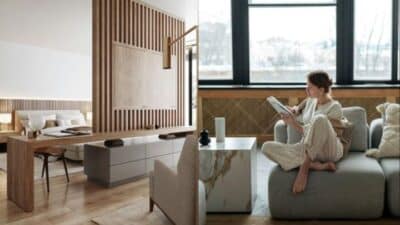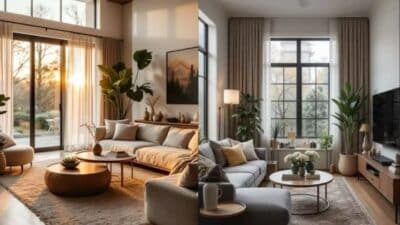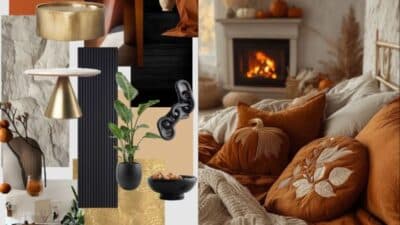Interior architecture continues to evolve as your living spaces become more than just functional areas—they’re now expressions of personal values, lifestyle preferences, and environmental consciousness. The way you design and experience your home reflects broader cultural shifts toward sustainability, wellness, and the seamless integration of technology with natural elements.
Understanding current interior architecture trends helps you create spaces that balance timeless appeal with contemporary functionality. From the resurgence of natural materials and earthy tones to the strategic use of technology and flexible living arrangements, these trends address how you actually live and work in your home. Whether you’re drawn to biophilic elements that bring nature indoors or prefer the privacy that thoughtfully designed closed spaces can provide, today’s interior architecture offers diverse approaches to enhance your daily experience.
1) Biophilic design incorporating plants and natural light
Biophilic design brings nature directly into your indoor spaces through strategic use of plants and natural light. This approach creates healthier, more harmonious environments that reduce stress and boost well-being.
You can start by maximizing natural light in your rooms. Position furniture to take advantage of windows and consider removing heavy curtains that block sunlight.
Indoor plants serve as the cornerstone of biophilic design. Green walls, potted plants, and hanging gardens instantly transform sterile spaces into vibrant, living environments.
Natural materials like wood and bamboo complement the organic elements. These materials work alongside your plants to create authentic connections with nature indoors.
Water features add another sensory dimension to your biophilic design. Small fountains or tabletop water elements provide soothing sounds that enhance the natural atmosphere.
Your color palette should reflect earthy tones found in nature. Greens, browns, and warm neutrals support the organic aesthetic while making spaces feel more grounding.
This design trend continues gaining popularity because it addresses our fundamental need for nature connection. Your spaces become more productive and calming when natural elements are thoughtfully integrated throughout your home or office.
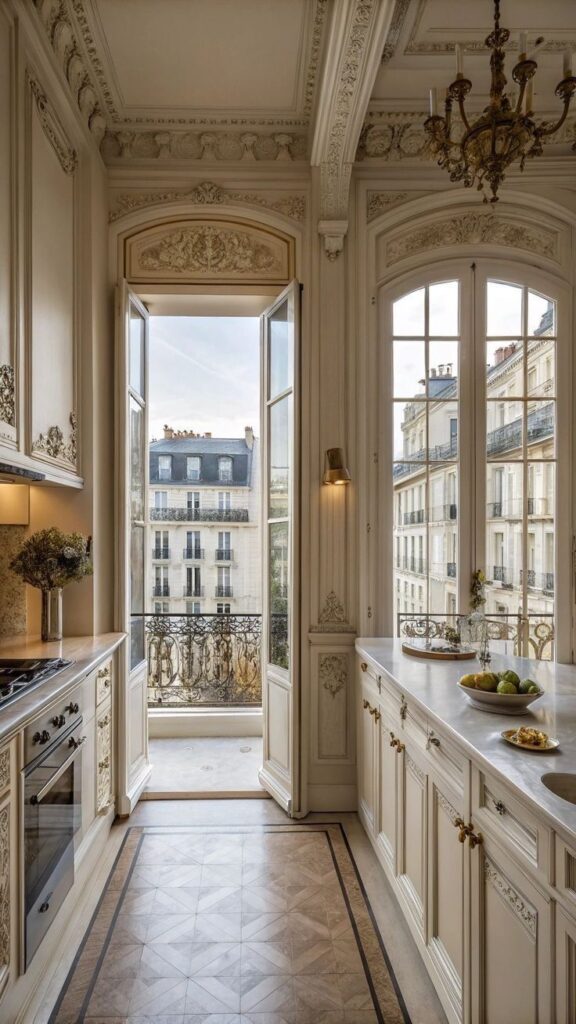
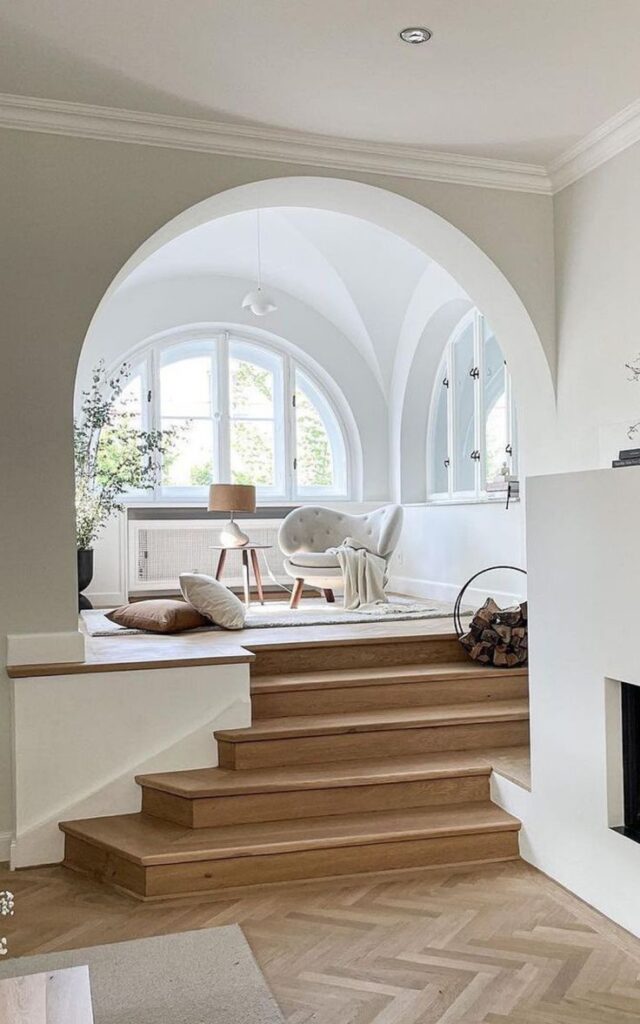
2) Earthy color palettes with warm, muted tones
You’ll find earthy color palettes dominating interior spaces this year. These natural-inspired hues create warmth and grounding in your home.
The palette draws from nature’s spectrum. Think soil tones, stone colors, and natural pigments that bring the outdoors inside.
Your color choices can include warm browns, soft terracottas, and muted greens. Clay-inspired hues and gentle tans also work beautifully together.
These colors offer versatility for any design style. Whether you prefer modern minimalism or rustic charm, earthy tones adapt to your aesthetic.
You can use these palettes in kitchens, living rooms, or bedrooms. They create cozy gathering spaces that feel welcoming and serene.
The muted quality of these colors prevents overwhelming your space. Subdued olives, gentle terracottas, and soft neutrals maintain visual balance.
Your home benefits from the stability these colors provide. They connect you to nature while creating sophisticated, timeless interiors.
Black can serve as an anchor in your earthy palette. It adds contrast and depth while maintaining the natural feel you’re creating.
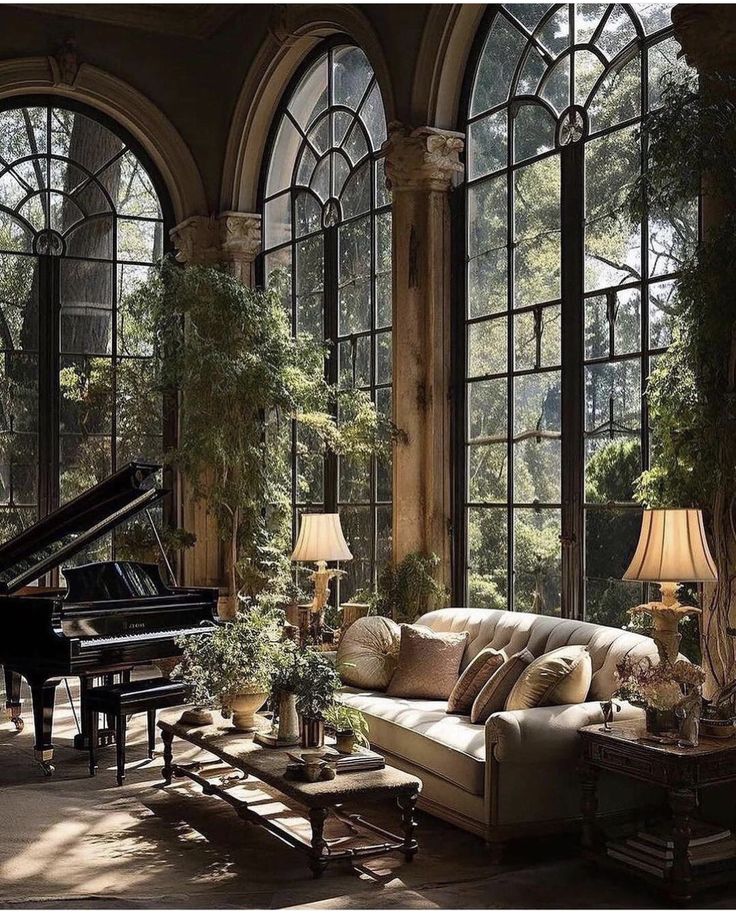
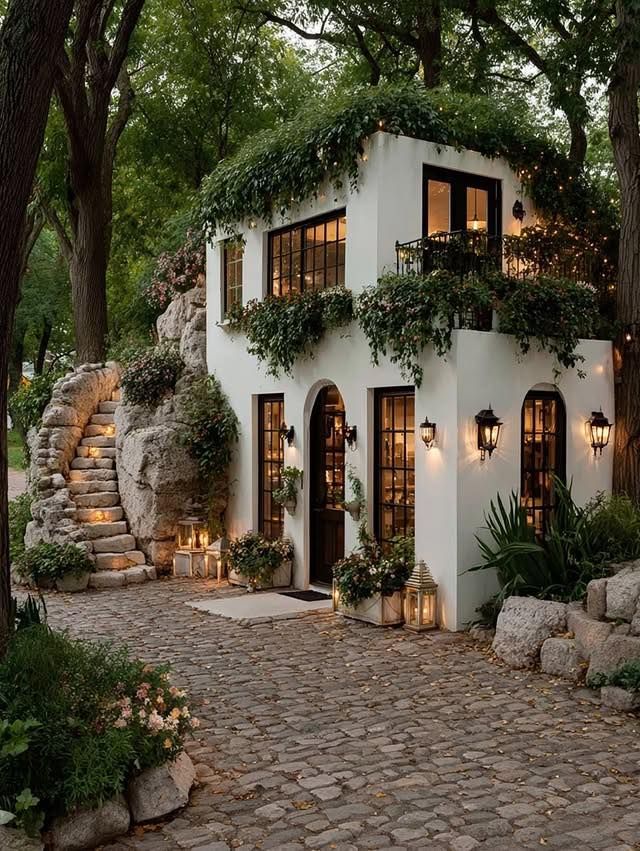
3) Textured wall finishes like plaster and clay
Textured wall finishes are making a strong comeback in modern interior design. You’ll find plaster and clay treatments transforming ordinary spaces into sophisticated environments with depth and character.
Venetian plaster offers you a luxurious finish that creates visual interest through its subtle variations and smooth texture. This traditional technique works beautifully in both contemporary and classic settings.
Clay-based finishes give your walls an organic, earthy appearance that connects interior spaces to natural elements. You can achieve looks ranging from rammed earth textures to limewash-style surfaces.
These textured treatments serve practical purposes beyond aesthetics. You can use them to hide imperfections in your walls while adding architectural interest to flat surfaces.
Plaster walls come in various applications, from smooth microcement finishes to heavily textured surfaces. Your choice depends on the mood you want to create in each room.
Modern clay finishes offer eco-friendly alternatives that appeal to environmentally conscious homeowners. You’ll appreciate their durability and unique visual qualities.
The beauty of textured finishes lies in their versatility. You can incorporate them as accent walls or apply them throughout entire rooms for dramatic impact.
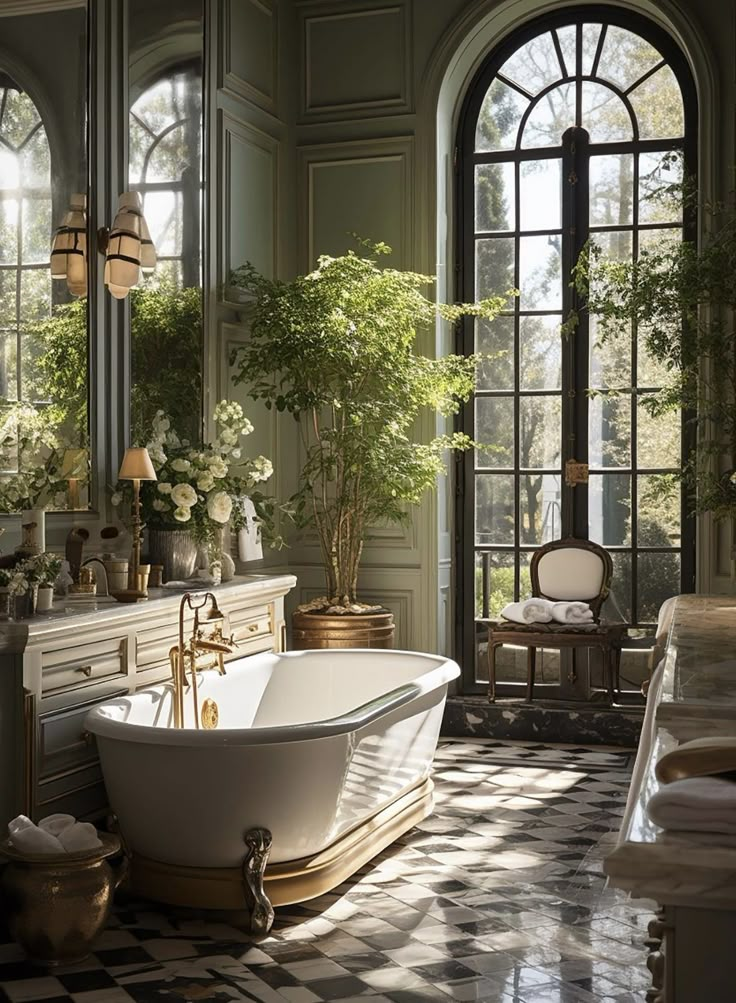
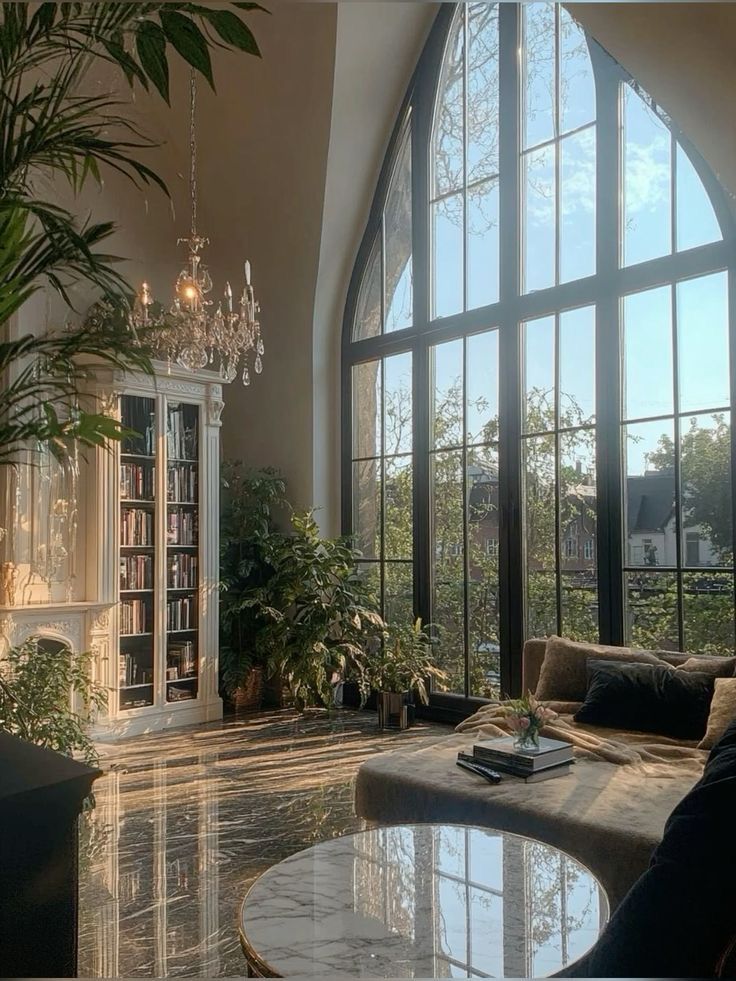
4) Open floor plans promoting flexible living spaces
Open floor plans continue to reshape how you experience your home. These layouts remove traditional barriers between living, dining, and kitchen areas to create seamless transitions.
You can enjoy the feeling of larger, more cohesive spaces when walls disappear. Natural light flows freely throughout your home, making even modest square footage feel expansive.
Modern open concepts now emphasize flexibility over pure openness. You can incorporate movable partitions and sliding doors to adjust room configurations based on your changing needs.
Multipurpose furniture helps you maximize functionality within these open spaces. Consider pieces that serve double duty, like storage ottomans or expandable dining tables.
Your open floor plan can balance connection with privacy through thoughtful zoning. Use area rugs, lighting, and furniture placement to define distinct areas without permanent walls.
Pocket walls and room dividers give you the option to create temporary separation when needed. This approach lets you host large gatherings or create intimate spaces as situations require.
The key to successful open living lies in adaptability. Your space should evolve with your lifestyle, whether you need a quiet workspace or an entertainment area for friends and family.
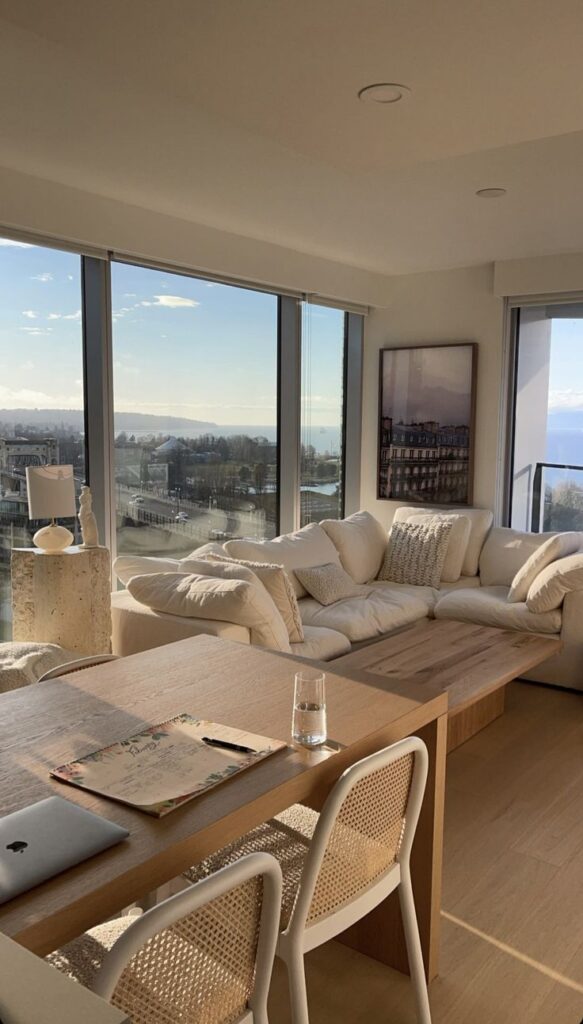
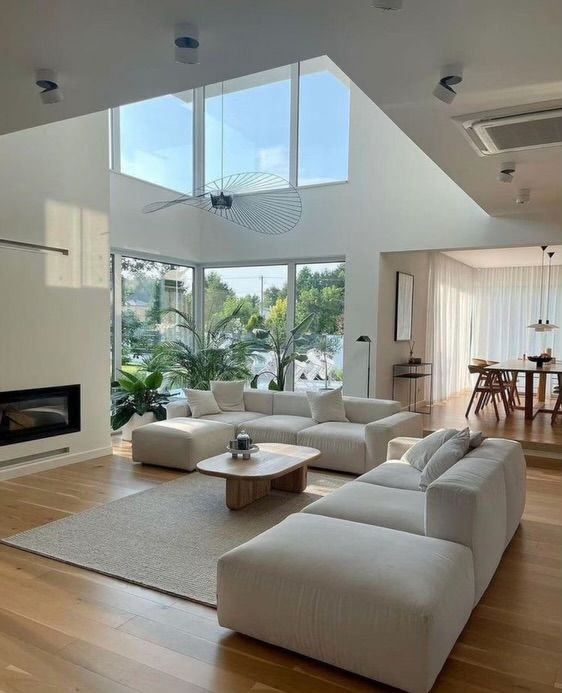
5) Bold modern doors as statement architectural elements
Your interior doors no longer need to fade into the background. Modern design embraces doors as prominent architectural features that define your home’s character.
Black doors with white trim create striking visual contrast in any space. This combination works across design styles from traditional to contemporary, highlighting architectural lines with sleek sophistication.
Color-drenched doors are gaining popularity as homeowners seek bolder design choices. Deep blues, rich greens, and warm terracottas transform ordinary doorways into focal points that reflect your personality.
Frameless and minimalist door designs offer clean lines that complement modern architecture. These sleek options maintain visual flow while serving as subtle statement pieces.
Material choices play a crucial role in creating impactful doors. Natural wood grains, metal accents, and textured surfaces add depth and visual interest to your interiors.
Smart door technology integrates functionality with style. You can incorporate electronic locks, sensors, and automated features without compromising aesthetic appeal.
Your door choices influence the entire room’s atmosphere. Bold colors and unique designs create conversation starters while establishing clear transitions between spaces throughout your home.
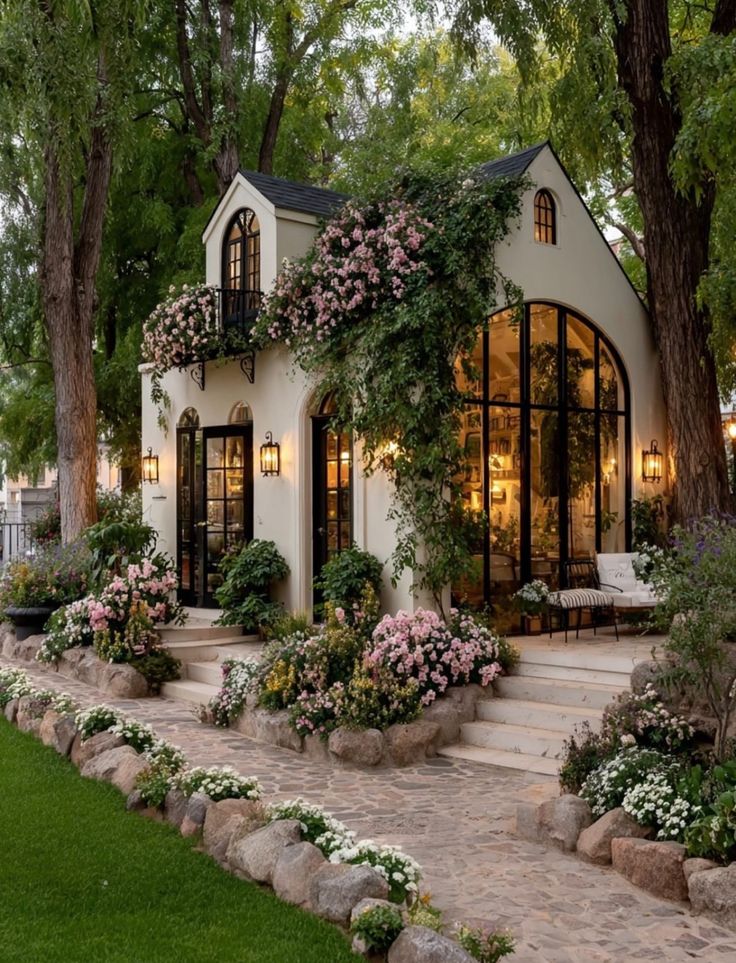
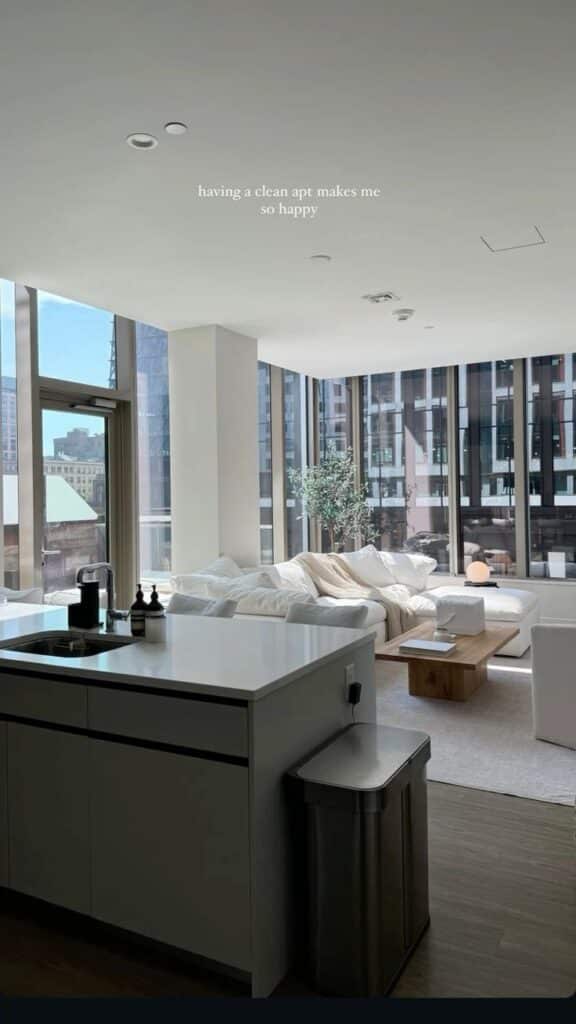
6) Integration of sustainable and eco-conscious materials
You’re seeing a major shift toward sustainable materials in interior architecture. This trend reflects growing environmental awareness and demand for responsible design choices.
Bamboo stands out as a top eco-friendly option. It grows rapidly, maturing in just three to five years compared to traditional hardwoods that take decades.
Reclaimed wood offers another excellent choice for your projects. You get unique character while preventing waste and reducing demand for new timber.
You can incorporate recycled materials like reclaimed metal fixtures or repurposed glass elements. These choices reduce environmental impact while adding distinctive design features.
Natural materials like cork, hemp, and organic cotton provide sustainable alternatives to synthetic options. They’re renewable and biodegradable.
You’ll find eco-conscious paints and finishes with low VOC content. These protect indoor air quality while minimizing harmful chemical emissions.
Recycled plastic materials now come in attractive forms suitable for furniture and decorative elements. You support waste reduction while achieving modern aesthetics.
Local sourcing reduces transportation emissions when you choose regional materials. This approach supports local economies while cutting your project’s carbon footprint.
You can select certified sustainable materials that meet recognized environmental standards. Look for certifications that verify responsible sourcing and production methods.
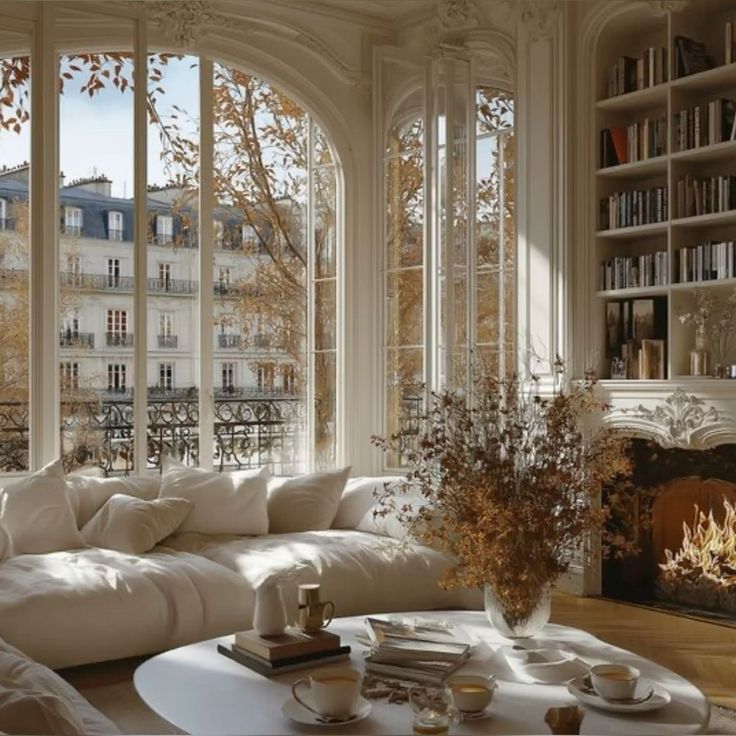
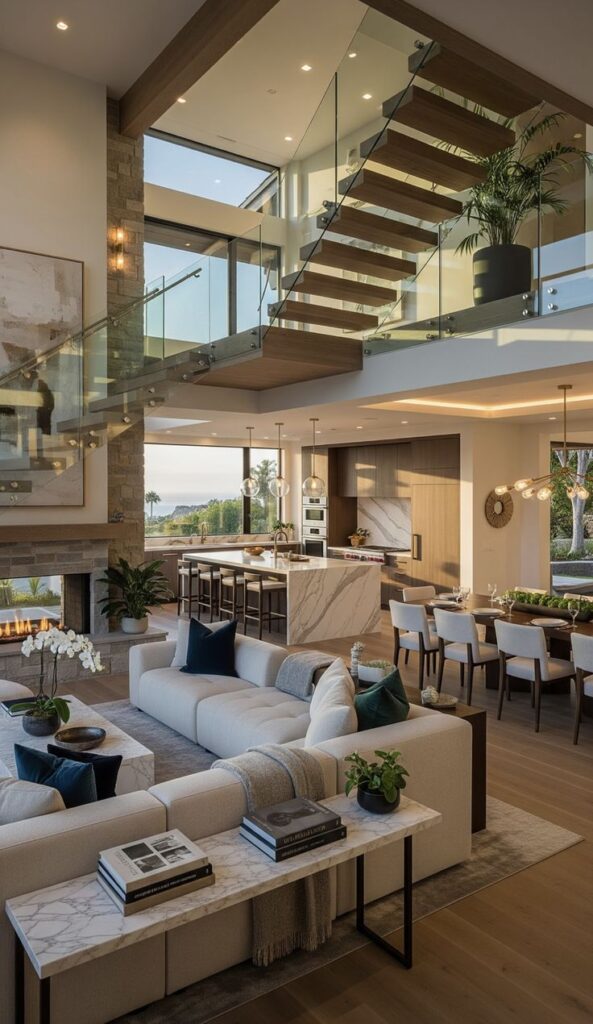
7) Closed floor plans making a comeback for privacy
Open floor plans dominated home design for years, but you’re now seeing a shift toward more private, defined spaces. The pandemic sparked this change as people needed quiet areas for working and studying from home.
Closed floor plans offer you dedicated rooms that contain sound and visual distractions. You can create specific spaces for different activities without interference from other household members.
Privacy has become a major selling point for modern homeowners. You get the ability to have conversations, take calls, or focus on work without disrupting others in your home.
These layouts provide you with cozy, purposeful spaces that feel more intimate than vast open areas. Each room serves a distinct function and maintains its own atmosphere.
You’ll find that closed concepts help with noise control and allow multiple activities to happen simultaneously. Kids can play in one room while you work quietly in another.
The trend doesn’t mean open floor plans are completely out of style. Many homeowners are choosing hybrid approaches that combine both concepts for maximum flexibility and privacy when needed.
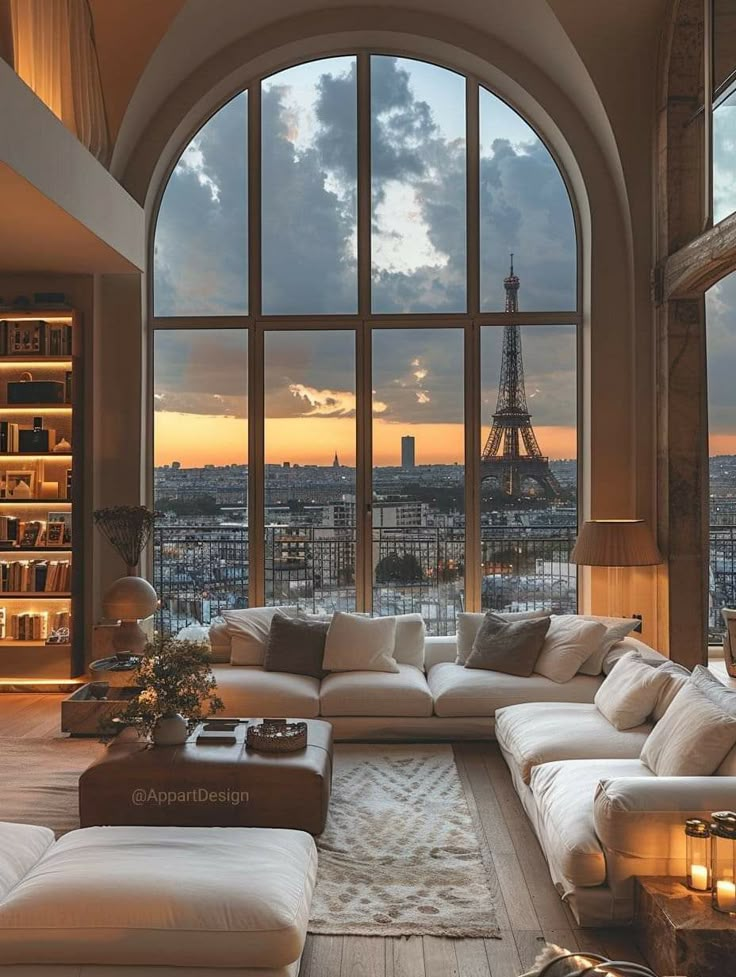
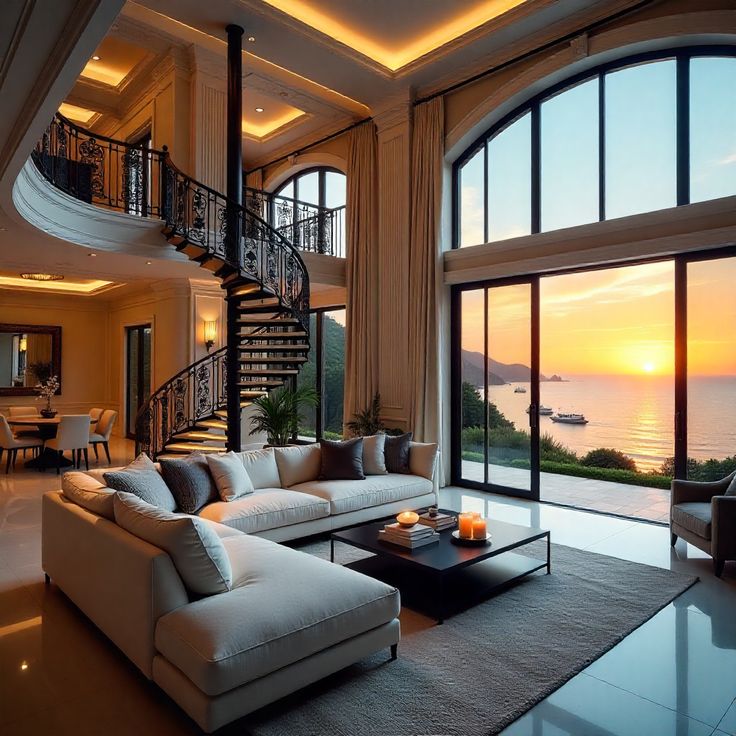
8) Smart home integration for seamless technology use
Your home’s technology no longer needs to be visible to be functional. Smart thermostats, doorbells, and control panels now disappear into walls and surfaces while maintaining clean sight lines.
You can hide smart speakers inside stylish furniture or behind decorative panels. This creates a hands-free experience that makes your home more accessible and convenient.
Your devices work together through seamless connectivity and AI integration. Instead of just responding to commands, your home anticipates your needs before you ask.
Technology integration extends beyond simple device placement. You can embed controls into surfaces, creating invisible touch points that activate lighting, climate, and entertainment systems.
Your smart home becomes more personalized through advanced automation. Systems learn your daily routines and adjust settings automatically for comfort and energy efficiency.
The focus shifts toward making technology invisible while maximizing functionality. You get all the benefits of smart features without compromising your home’s aesthetic appeal.
Modern integration prioritizes sustainability alongside convenience. Your connected devices optimize energy usage and improve security while blending seamlessly with your interior design choices.
9) Artisanal craftsmanship adding unique character
Your home becomes more distinctive when you incorporate handcrafted elements that showcase skilled artisan work. These pieces bring warmth and personality that mass-produced items simply cannot match.
You can introduce artisanal touches through custom millwork, hand-forged hardware, or bespoke furniture pieces. Each element tells a story of traditional techniques passed down through generations.
Consider adding hand-blown glass fixtures or ceramics made by local artisans. These pieces create conversation starters while supporting craftspeople in your community.
Your spaces gain depth when you mix different artisanal techniques. Combine hand-woven textiles with carved wood details or hammered metal accents for visual interest.
Custom brass fixtures and sculptural handles offer subtle ways to incorporate craftsmanship. These functional art pieces elevate everyday interactions in your home.
You might commission a local woodworker for built-in shelving or cabinetry. The imperfections and unique grain patterns add character that machine-made alternatives lack.
Handmade tiles in kitchens or bathrooms provide texture and individuality. Each tile varies slightly, creating organic patterns that feel alive and dynamic.
Your investment in artisanal pieces supports traditional skills while creating interiors with genuine soul and character.
10) Historical details blended with modern aesthetics
You can transform your space by incorporating timeless architectural elements that have endured for centuries. This approach combines the elegance of the past with contemporary functionality.
Crown molding remains one of the most effective ways to add sophistication. You can use a single strip in minimalist homes to highlight ceiling height while maintaining clean lines.
Ornate moldings and coffered ceilings bring neoclassical opulence to modern interiors. These details create visual interest without overwhelming your contemporary furniture and decor.
Gothic Revival elements like pointed arches and intricate tracery work beautifully in today’s homes. You can incorporate these dramatic features as focal points in entryways or living spaces.
French-inspired arched doorways add soft elegance to apartments and modern homes. They create flow between rooms while maintaining that classic European charm.
You can blend original design elements with new technologies and materials. This means updating traditional details with contemporary finishes that enhance both comfort and sustainability.
The key lies in selecting pieces that complement your existing aesthetic. Choose historical elements that enhance rather than compete with your modern furnishings and layout.
Design Principles Influencing Interior Architecture Trends
Three fundamental principles are reshaping how designers approach interior spaces in 2025. These principles prioritize environmental responsibility, technological integration, and human health to create spaces that respond to contemporary needs while maintaining timeless appeal.
Sustainability in Modern Spaces
Sustainable design has moved beyond trend status to become a core requirement in interior architecture. You’ll find that eco-conscious materials now dominate material selections across residential and commercial projects.
Reclaimed wood serves as both structural and decorative elements. Bamboo flooring offers durability while maintaining rapid renewability. Recycled steel provides structural integrity in exposed ceiling designs.
Energy efficiency drives lighting choices throughout your spaces. LED systems reduce consumption by up to 80% compared to traditional options. Natural lighting maximization through strategic window placement eliminates artificial lighting needs during daylight hours.
Your material choices directly impact indoor air quality. Low-VOC paints and finishes prevent harmful chemical emissions. Cork and linoleum flooring options provide non-toxic surfaces that improve respiratory health.
Water conservation features integrate seamlessly into design aesthetics. Low-flow fixtures maintain functionality while reducing consumption. Greywater systems for plant irrigation create closed-loop sustainability within your interior landscapes.
Integration of Smart Technology
Smart home technology now seamlessly blends into architectural elements rather than appearing as obvious additions. Your lighting systems respond automatically to occupancy and natural light levels through integrated sensors.
Climate control adapts to your daily routines through learning algorithms. Temperature adjustments occur before you enter rooms. Humidity levels maintain optimal comfort without manual intervention.
Voice-activated systems control multiple functions from single command points. Hidden speakers within wall cavities provide audio without visible hardware. Charging stations integrate directly into furniture surfaces and wall panels.
Security features embed invisibly throughout your architectural elements. Facial recognition systems operate through discreet cameras. Door locks respond to smartphone proximity without visible keypads or traditional hardware.
Your kitchen appliances communicate with each other to optimize cooking processes. Refrigerators track inventory and suggest meal planning. Ovens preheat automatically based on recipe selections from connected devices.
Wellness-Focused Environments
Interior architecture now prioritizes your physical and mental well-being through evidence-based design decisions. Circadian lighting systems adjust color temperature throughout the day to support natural sleep cycles.
Air purification systems integrate directly into HVAC infrastructure. Living walls provide natural air filtration while creating visual focal points. Plant selection focuses on species that remove specific indoor pollutants.
Your workspace ergonomics influence architectural planning from initial design phases. Sit-stand desks integrate into built-in furniture systems. Natural sight lines to outdoor spaces reduce eye strain during extended work periods.
Biophilic elements connect you with nature through material choices and spatial arrangements. Stone surfaces provide tactile connections to natural environments. Water features create calming auditory backgrounds that reduce stress levels.
Color psychology guides palette selections throughout your living spaces. Warm earth tones in bedrooms promote restful sleep. Cool blues in work areas enhance focus and productivity without creating clinical atmospheres.
How Interior Architecture Trends Shape User Experiences
Interior architecture trends directly influence how you interact with spaces and affect your emotional responses to environments. The evolution of design approaches creates distinct experiences in both home and workplace settings.
Impact on Residential Living
Modern residential trends focus on creating adaptable spaces that respond to your changing daily needs. Flexible room configurations allow you to transform living areas throughout the day, from work zones to entertainment spaces.
Biophilic design elements now integrate natural materials and lighting patterns that align with your circadian rhythms. You’ll find living walls, natural stone features, and large windows positioned to maximize daylight exposure.
Technology integration has become seamless rather than prominent. Smart home systems now hide within architectural elements, giving you control over lighting, temperature, and sound without visible interfaces cluttering your space.
Sustainable materials like reclaimed wood and low-emission finishes improve your indoor air quality while reducing environmental impact. These choices create healthier living environments that support your long-term wellbeing.
Color psychology plays a larger role in residential design. Warm earth tones in bedrooms promote better sleep quality, while energizing blues and greens in work areas enhance your focus and productivity.
Commercial Space Innovation
Workplace design has shifted toward supporting your mental health and collaboration needs. Activity-based working zones let you choose environments that match your current tasks, from quiet focus pods to dynamic team spaces.
Acoustic design now receives equal attention to visual aesthetics. Sound-absorbing materials and strategic layout planning reduce noise pollution that can decrease your concentration and increase stress levels.
Hospitality-inspired elements in office environments create more welcoming experiences. Comfortable seating areas, warm lighting, and residential-style furnishings help reduce the institutional feeling of traditional workplaces.
Retail spaces increasingly use sensory design to influence your shopping behavior. Strategic lighting, texture combinations, and spatial flow guide your movement while creating memorable brand experiences.
Healthcare facilities now prioritize wayfinding clarity and stress reduction through design. Clear sightlines, natural materials, and access to outdoor views help reduce your anxiety during medical visits.
- 0shares
- Facebook0
- Pinterest0
- Twitter0
